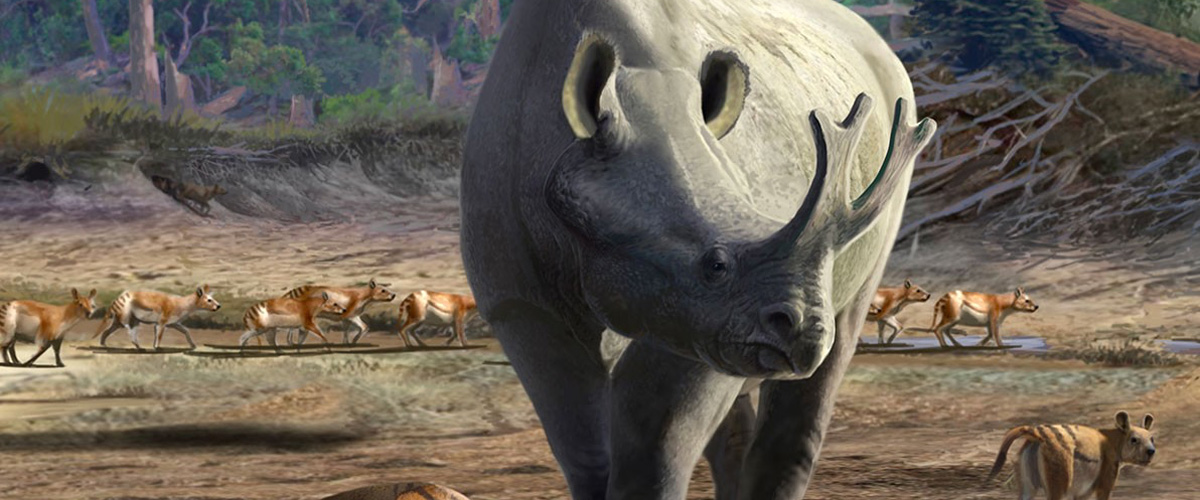
Beyond the Bones: Sizing Up Thunder Beasts
Pictured: Illustration demonstrates Brontotheres’ large body size.
Across land, air, and sea, this summer New York Tech News is highlighting some of the recent studies published by the College of Osteopathic Medicine’s (NYITCOM) Department of Anatomy. The “Beyond the Bones” series is a snapshot of just a few of the projects helping to shape scientific understanding about evolution.
In this latest installment, a researcher explores the fossil record an ancient relative of the rhinos to help explain why natural selection might favor larger animals more often than smaller animals.
After dinosaurs became extinct, the bodies of many mammals became larger. However, the causes for this change have been widely debated. Now, a May 11 study published in Science, co-authored by Associate Professor Matthew Mihlbachler, Ph.D., sheds new light on this topic.
Mihlbachler and researchers from the University of Alcalá (Madrid, Spain) examined the fossil record of brontotheres, large herbivorous mammals related to horses and rhinos that lived from 53 to 34 million years ago in North America and Asia. Brontotheres experienced a significant increase in body size throughout their lineage and, due to their large mass, are often referred to as “thunder beasts.” While the smallest brontotheres are believed to have been the size of modern coyotes, the largest ones are estimated to have been 14 feet long and eight feet tall and weighed thousands of pounds.
To analyze the animals’ size over time, Mihlbachler and the team estimated body mass from fossilized tooth measurements and applied statistical models that traced body size evolution throughout the brontothere family tree. While many scientists believe that species tend to get larger as they evolve (a theory called Cope’s Rule), the team found that brontotheres did not follow this expected pattern. In fact, their lineage evolved in both directions to include smaller and larger species. However, the smaller species were more extinction-prone, likely due to competition and predation. At a certain point, this left only the larger-bodied species to carry on the lineage.
While large brontotheres outlived their smaller counterparts, their massive bodies may have prevented them from adapting to the increasingly cooler conditions of the earth, ultimately leading to their demise. The animals’ extinction coincided with a marked global cooling event, that resulted in the formation of polar ice caps and loss of forest habitats in temperate latitudes.
“The final extinction of brontotheres underscores the vulnerability of large species to environmental change and habitat loss, which is a phenomenon we still see today with the dwindling populations of elephants, rhinos, and other large mammals that, without tremendous conservation efforts, would be extinct,” says Mihlbachler.
“In the short term, larger species may be better at competing with other coexisting species, explaining why larger species tend to dominate over time. However, evolution of large body size may be a kind of evolutionary trap because larger species may be more vulnerable to abrupt climate change, such as the global cooling event at the end of the Eocene [era] about 34 million years ago that led to the extinction of the brontotheres.”
Learn more about innovative research from the Department of Anatomy’s esteemed faculty.
More News
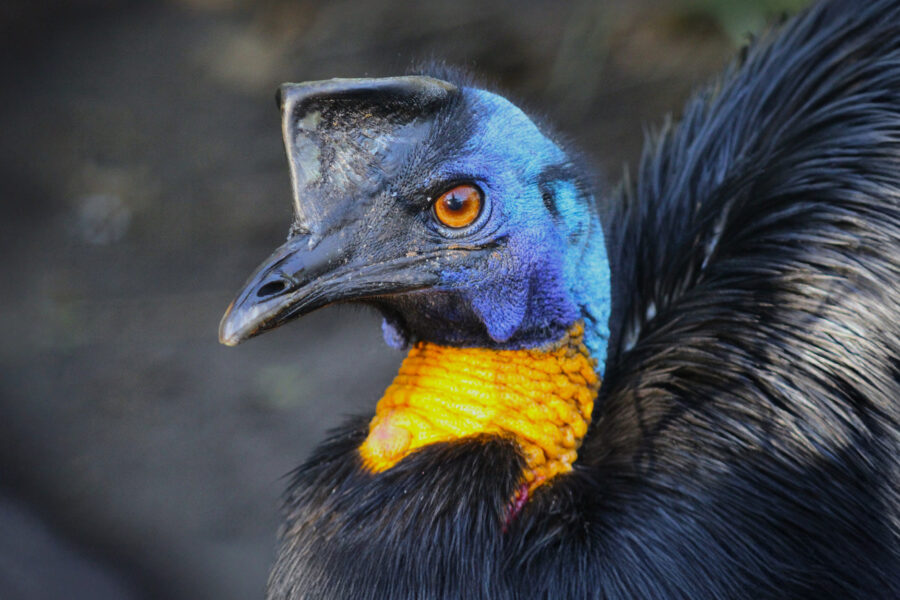
The Cassowary’s Impact on the Rainforest
NYITCOM-Arkansas Assistant Professor Todd Green, Ph.D., sheds light on a bird species that plays an impactful role in rainforest conservation.
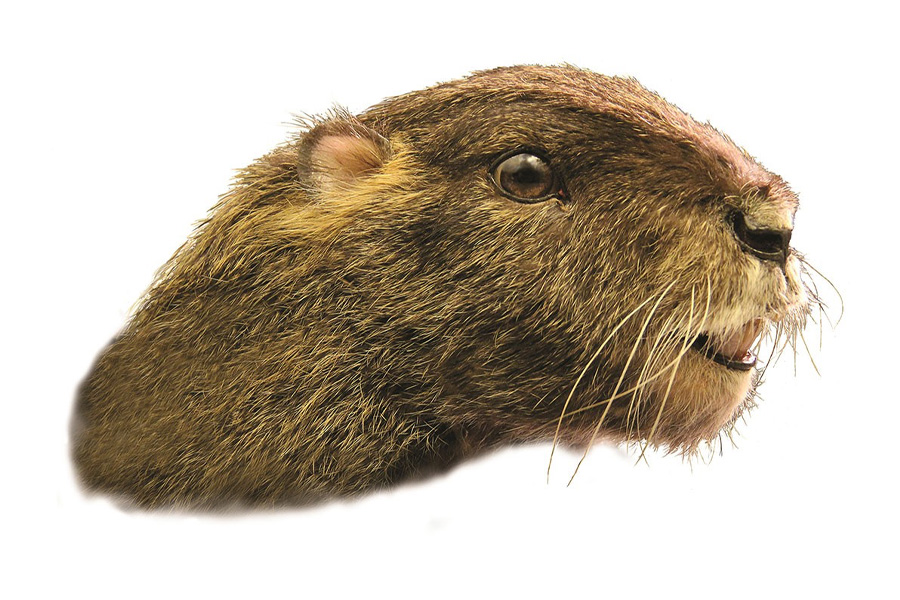
Beyond the Bones: The “Tail” of an Ancient Beast
NYITCOM Associate Professor Simone Hoffmann, Ph.D., is part of a team “unearthing” significant clues about an extinct, ancient mammal.
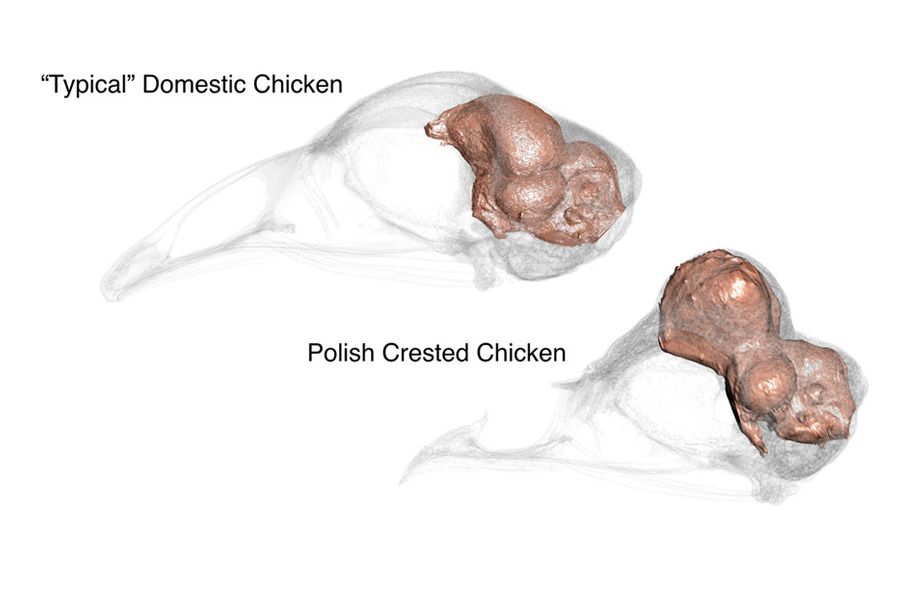
Beyond the Bones: Brainy Birds
Assistant Professor Aki Watanabe, Ph.D., published the first study from his NSF CAREER grant-funded research project; he proposes using a domesticated chicken to study how birds—and perhaps animals in general—ended up with differently shaped brains.
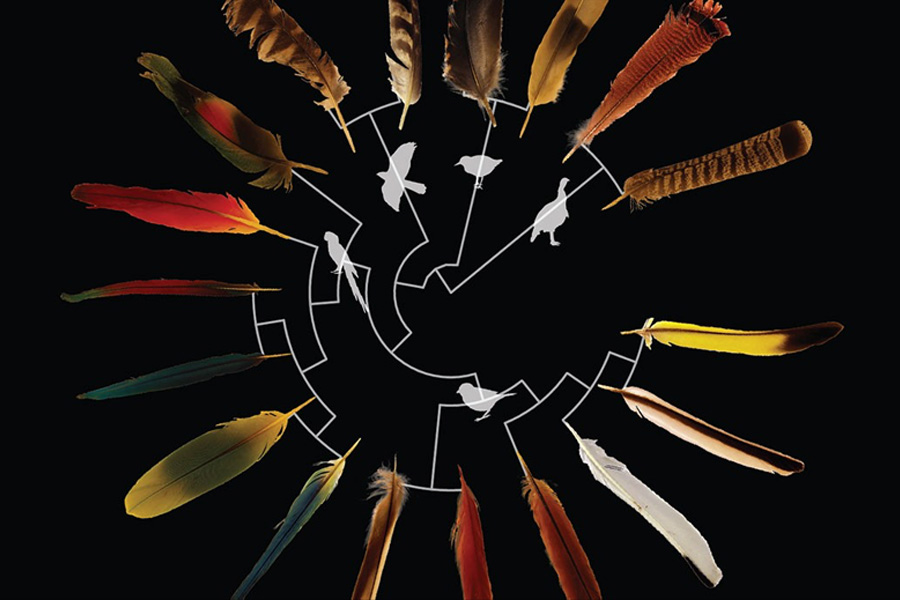
Beyond the Bones: (Climbing) Birds of a Feather
Anatomy research demonstrates how birds use their tails to climb.

Keeping Science on Its Toes
In a study published by PeerJ, Professor Nikos Solounias, Ph.D., and NYITCOM student Shannon Smith explain why a bony structure—which they dub “the bony cap”—may play a large role in finger and toe regeneration and nail growth.

Researchers Secure Leakey Foundation Grants
Two researchers from NYITCOM’s Department of Anatomy have secured grants from the Leakey Foundation, which exclusively funds research related to human origins.